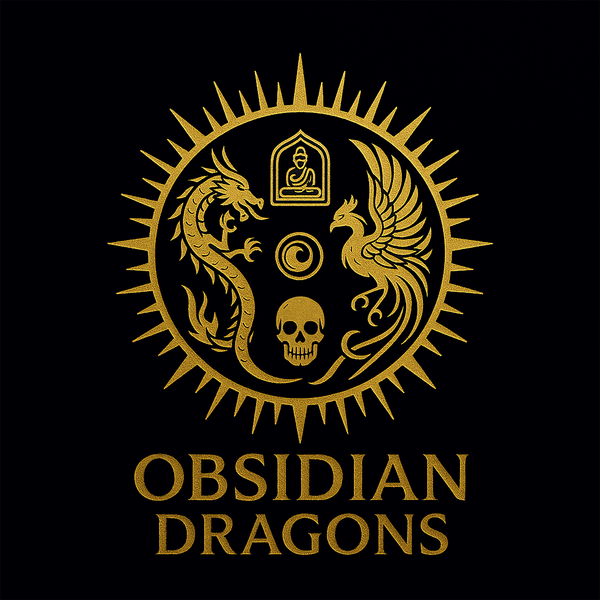AAA
Ghau, reliquary, Tibetan Buddhist amulet. double dorje or rotating vajra. esoteric, tantric protection. Silver, copper, turquoise
Ghau, reliquary, Tibetan Buddhist amulet. double dorje or rotating vajra. esoteric, tantric protection. Silver, copper, turquoise
Couldn't load pickup availability
Ghau, reliquary, Tibetan Buddhist amulet. double dorje or vajra (description below)
Mantra of compassion "om mani padme hum" rotating thanks to a precision ball bearing system developed in Germany.
Natural turquoises and “nan hong” agates
"Nan hong" agate is an unusual volcanic agate that gets its intense red color from its natural cinnabar content.
As a gemologist graduated from the National Institute of Gemmology (ING), Paris, France.
All our materials are appraised and certified by us. Dimensions of the gau: 39mm high by 32mm wide by 11mm thick Weight of 31 grams
VAJRA/DORJE
Every Buddhist practitioner in Tibet and every celebrant of a ritual has three
objects to which the Tibetans attribute a deep and meticulous symbolism.
These are the vajra, the bell and the mala.
The Vajra, in Dorje Tibetan. It is arguably the most important symbol of the
Tibetan Buddhism. The term means "diamond" and denotes nature
indestructible of the spirit in oneself, the awakening, which is at the same time imperishable and
indivisible. The small scepter seems to be, originally, the diamond thunderbolt of the
god Indra, it is a mark of royalty and power.
1° the five upper points represent the five wisdoms, five facets of
diamond that is enlightened mind: mirror-like wisdom, which means
that the waking mind, like a perfectly polished mirror, clearly reflects
all things, possesses the ability to know everything, without any confusion. there
wisdom of equality, which recognizes that all phenomena of samsara (my world
ordinary) and nirvana (the pure fields or paradises of the Buddhas) are of a
equal nature in the sense that they are of a single essence: emptiness wisdom
of distinction, which denotes that the awakened mind not only perceives the
emptiness of all phenomena (which the wisdom of equality operates) but also,
simultaneity without confusion, all phenomena as they occur
demonstrate; fulfilling wisdom, which enables Buddhas to create
pure fields and emanations working for the benefit of beings; the wisdom of
universal space, which indicates that all phenomena, beyond any concept
and of all duality, abide in the pure knowledge of the spirit.
2° At the same time as the five wisdoms, these five upper points symbolize
the Five Victors or five main Male Buddhas on a mystical level.
The lower five points symbolize the Five Female Buddhas.
3° The mouths of makara (sea monster) from which the points emerge denote the
liberation from the cycle of existences.
4° The eight upper petals represent the eight male bodhisattvas,
that is, eight great bodhisattvas dwelling in celestial realms.
5° The eight lower petals are the eight female bodhisattvas.
6° The round part in the middle designates emptiness.
MANTRA OF COMPASSION "OM MANI PADME HUM"
According to Tibetan Buddhism, reciting the Chenrezi Om Mani mantra
Padme Hum, aloud or inwardly, is an invocation for attention
benevolent and powerful of Chenrezig, the expression of the compassion of the
Buddha. Seeing the written mantra can have the same effect, it is for
that we find it in clearly visible places, even engraved in the
rock. He can also be summoned using prayer wheels on
which the mantra is inscribed, sometimes thousands of times. It exists
different formats of prayer wheels: there are those that can be transported
with you and spin with one hand, and there are others who are so
large and so heavy that several people are needed to turn them. According
Tibetan Buddhist monks, the mantra Om Mani Padme Hum (Hung) unites at
alone all of the Buddha's teachings.
Each syllable closes a door to reincarnation:
OM: Closes the door to the world of the Devas (gods).
MA: Close the door to the world of the asuras (demi-gods).
NI: Close the door to the human world.
PAD: Close the door to the animal world.
ME: Close the door to the world of pretas ("greedy spirits").
HUNG: Shut the gate to hell. Each syllable purifies a veil:
OM: purifies the veil of the body.
MA: purifies the veil of speech.
NI: purifies the veil of the mind.
PAD: purifies the veil of contradictory emotions.
ME: purifies the veil of substantial existence.
HUNG: purifies the veil that covers knowledge.
Each syllable is a mantra in itself:
OM: for the body of the Buddhas.
MA: for the words of the Buddhas.
NI: for the spirit of the Buddhas.
PAD: for the virtues of the Buddhas.
ME: for the accomplishments of the Buddhas.
HUNG: for the grace of body, speech, mind, virtue and all
the accomplishments of the Buddhas.
Each syllable corresponds to one of the six paradigms or refinements
transcendental:
OM: generosity.
MA: ethics.
NI: tolerance.
PAD: perseverance.
ME: concentration.
HUNG: discernment.
Each syllable is also connected to a Buddha:
OM: Ratnasambhava.
MA: Amaoghasiddi.
NI: Vajradhara
PAD: Vairocana.
ME: Amitabha.
HUNG: Akshobya.
Each syllable of the mantra purifies us of a defect:
OM: pride.
MA: the desire / the desire to have fun.
NI: passionate desire.
PAD: stupidity / prejudice.
ME: poverty / possessiveness.
HUNG: aggression / hatred.
Finally, each syllable corresponds to one of the six wisdoms:
OM: the wisdom of stability.
MA: all-fulfilling wisdom
NI: wisdom emanates from oneself
PAD: all-embracing wisdom (dharma)
ME: discriminating wisdom
HUNG: mirror-like wisdom.
Share
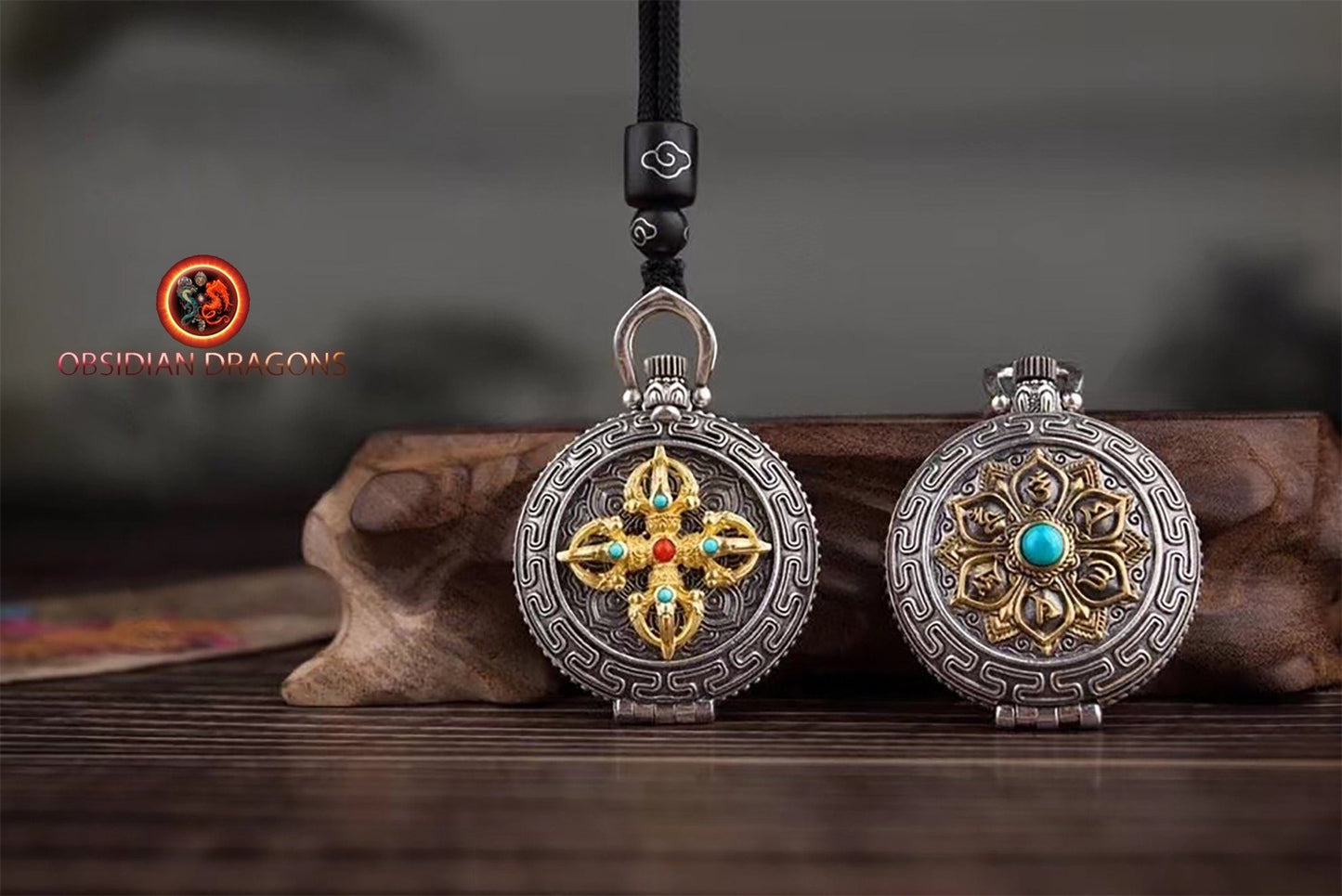

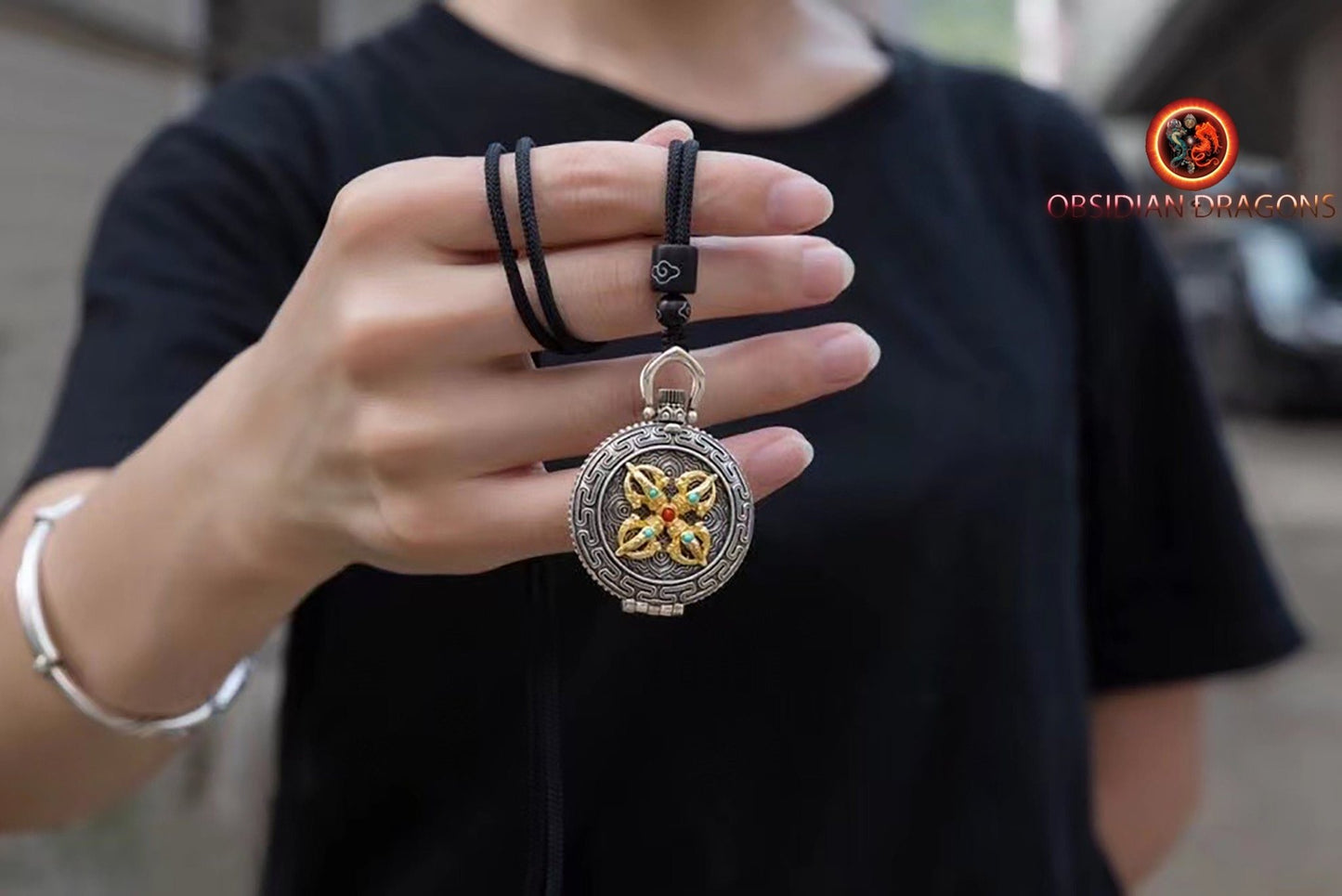
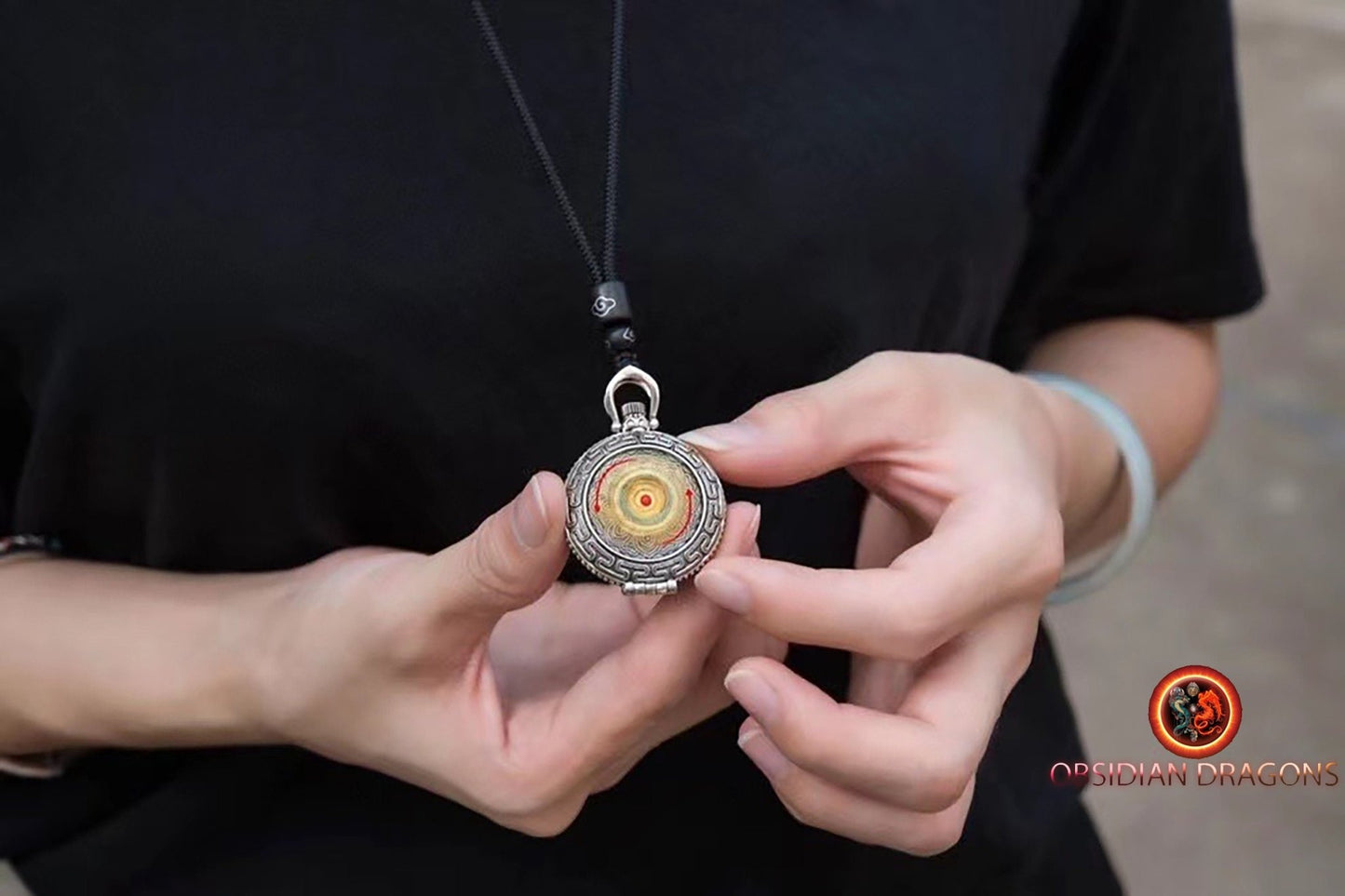
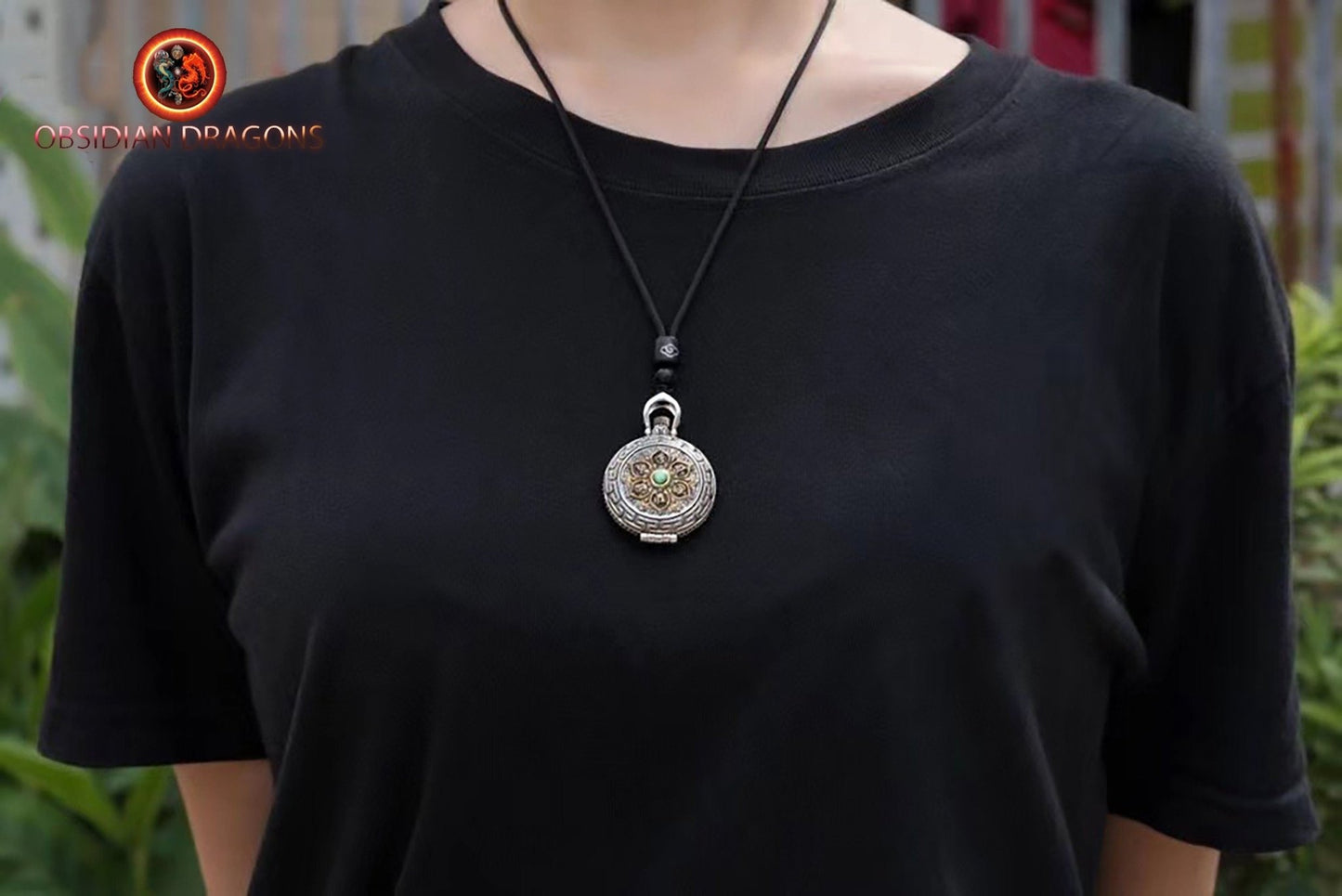
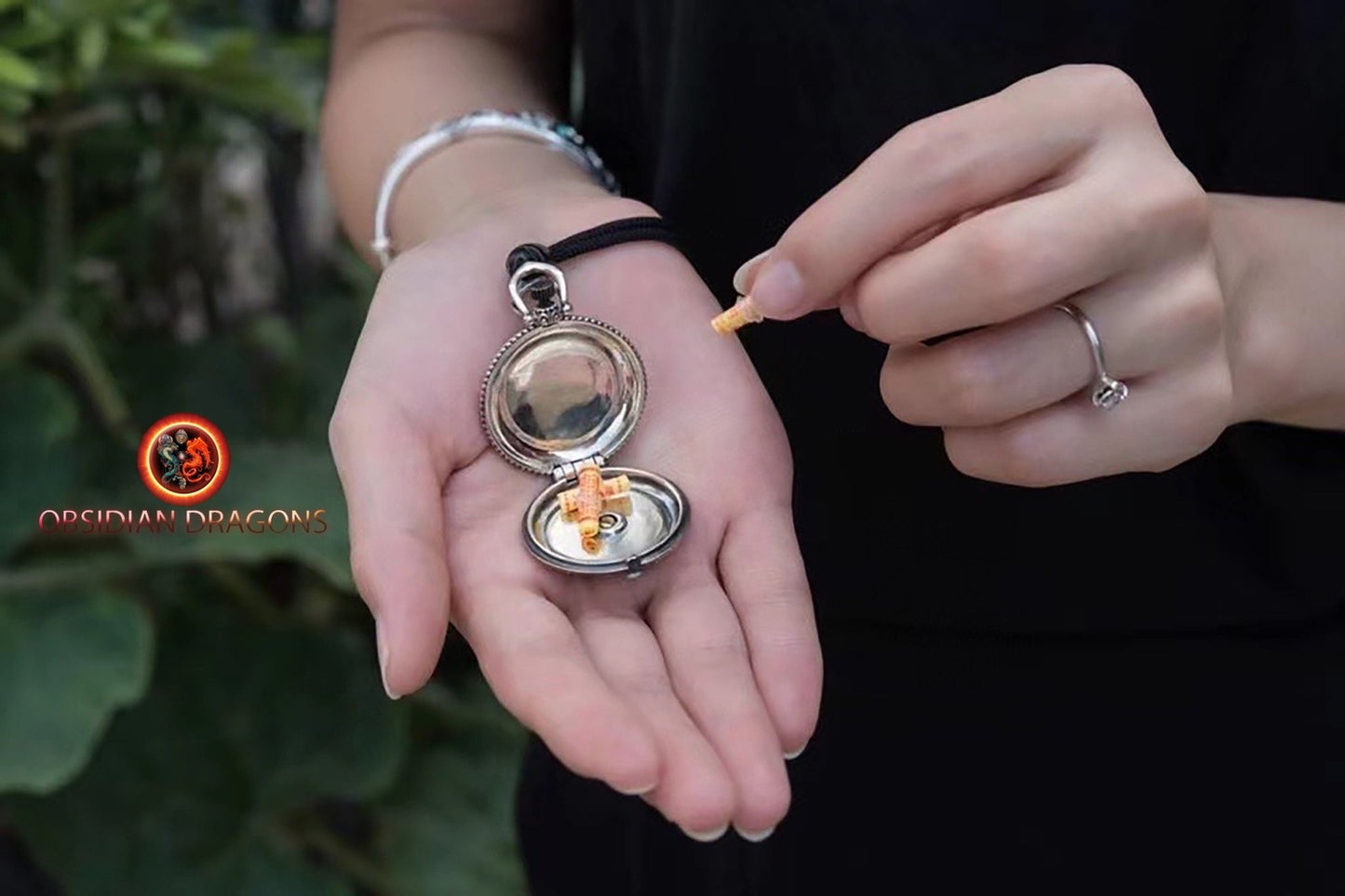
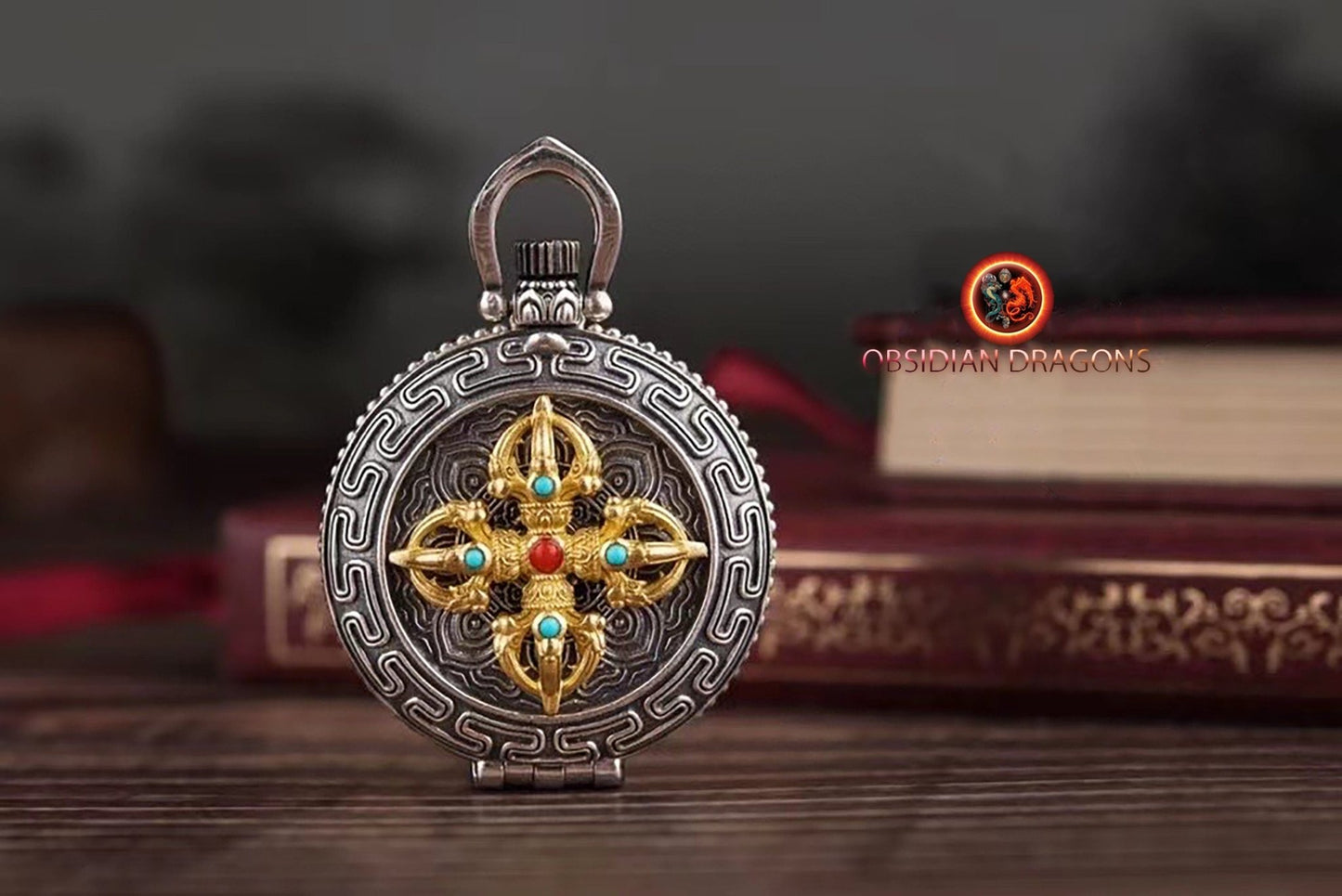
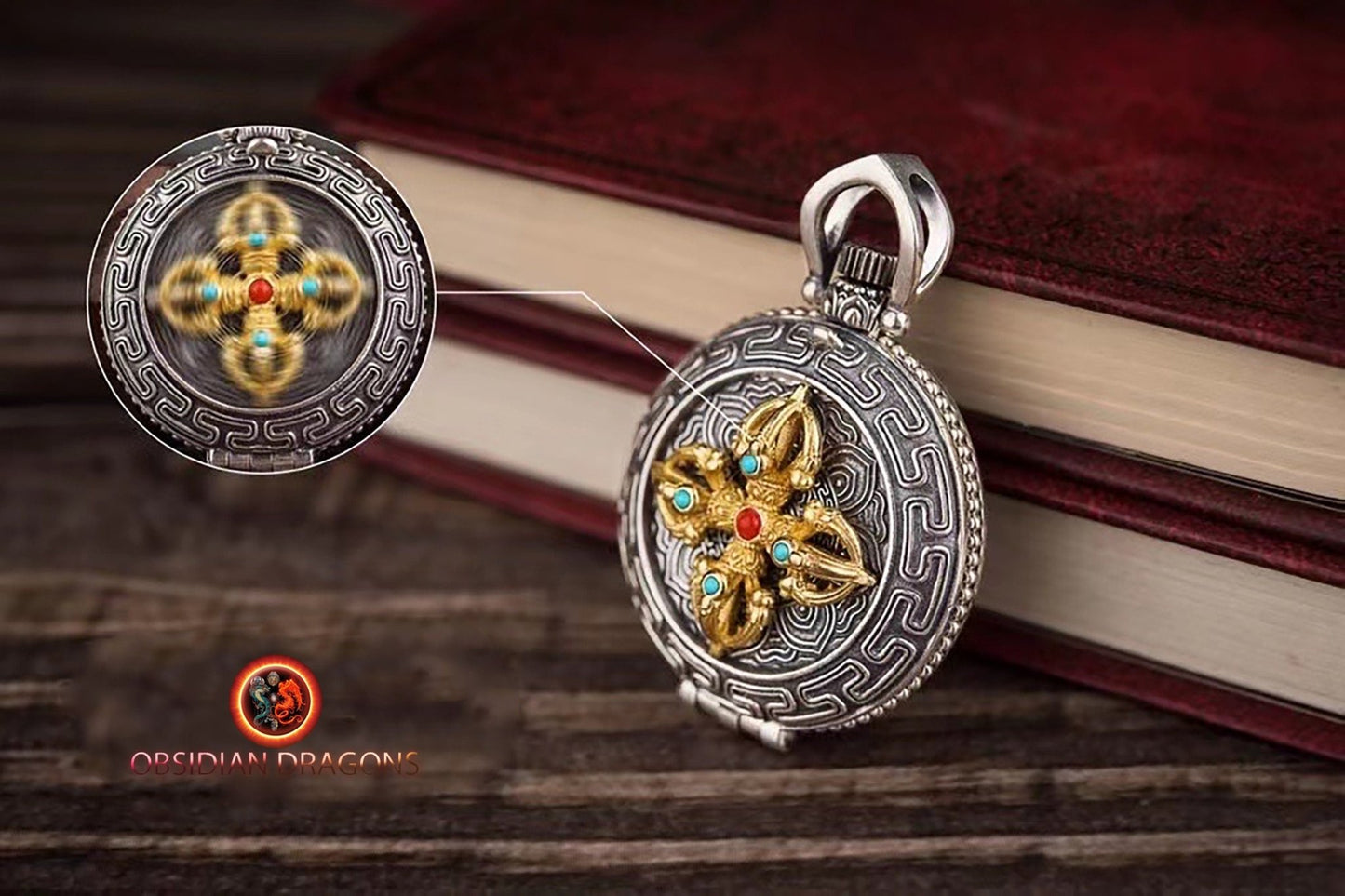
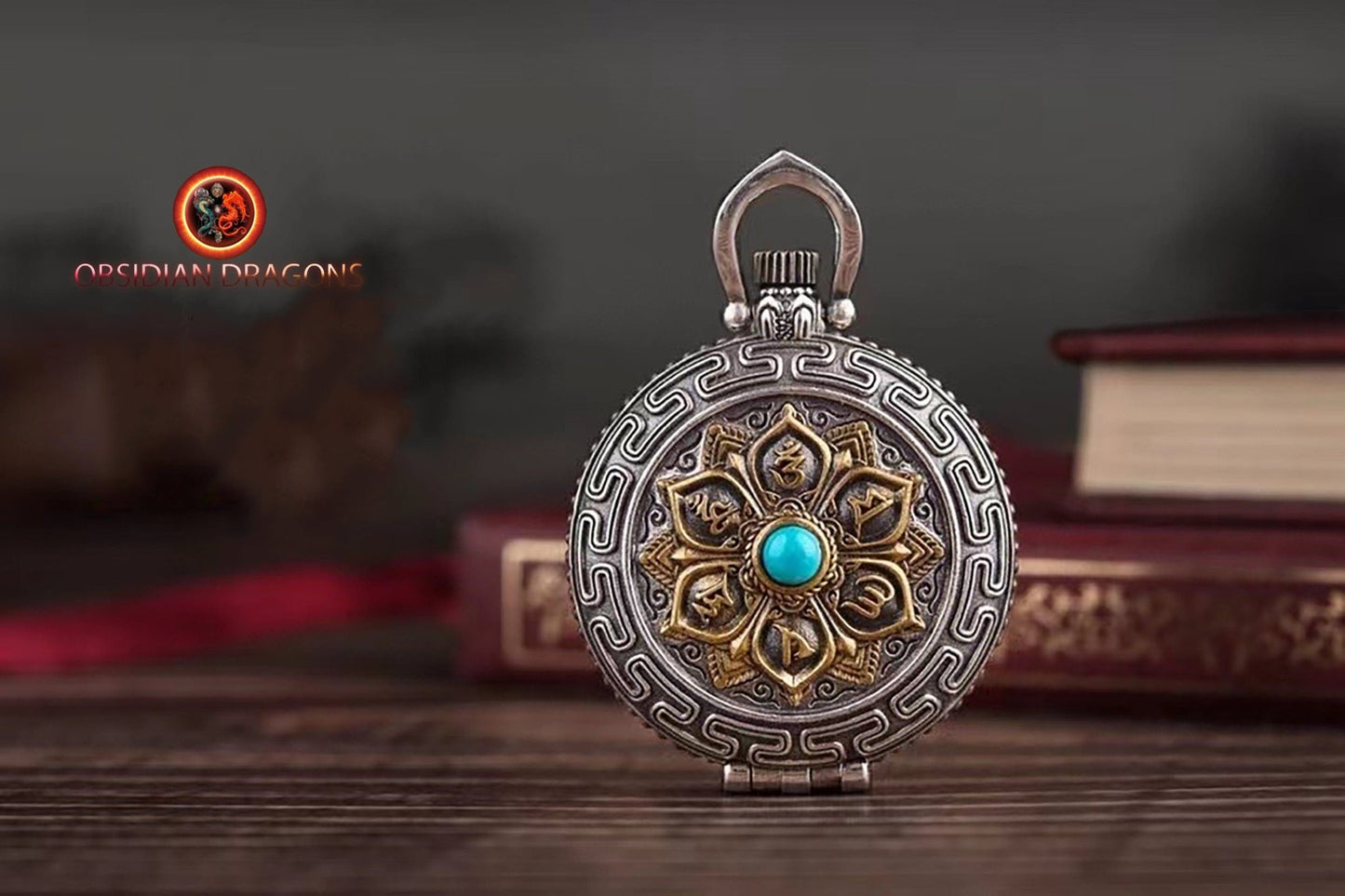
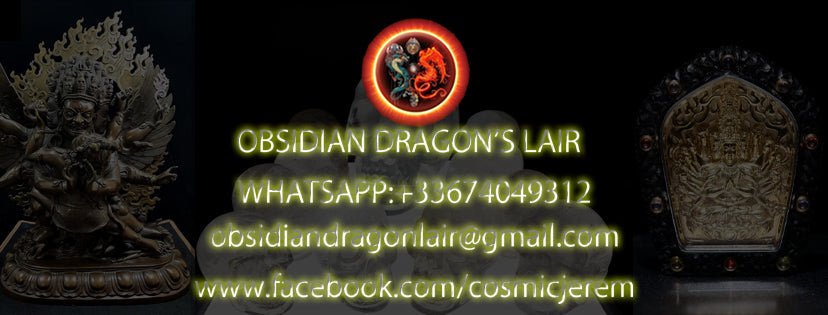

Return conditions for a Zen purchase
We offer you a money back guarantee within 14 days after delivery of your order.
If you are not completely satisfied with your purchase, please contact us to arrange a return of the product and a refund.
Except for returns, shipping is free on all orders.
Multi-column
Button text-
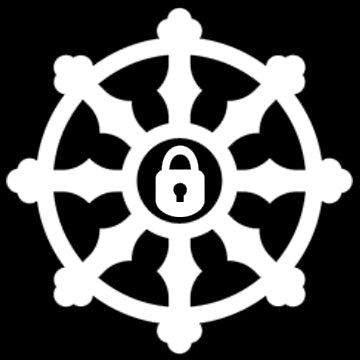
100% secure payment
3 times interest-free option with Scalapay
-

Free delivery in France and internationally
14 days money back guarantee after delivery (see our conditions of sale)
-
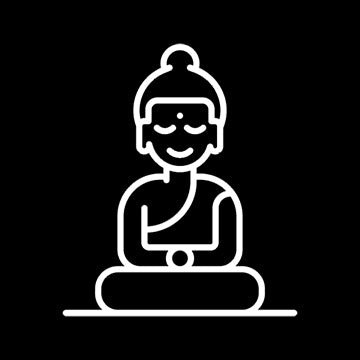
Column
Excellent customer service
Live chat
Whatsapp +33674049312
Let customers speak for us
from 917 reviews4eme pièce que j'achète et encore une fois, jamais déçue de l'unicité et de l'originalité. Coup de cœur pour ce bracelet en magnifiques molaires de mammouth, charge de vie et d'histoire. Attention pour un tout petit poignet de fille comme le mien cela peut être trop grand. N'hésitez pas à poser la question à Jeremy sur les tailles, il répond toujours et il est très réactif.

Déjà j’au été très impressionné par la qualité du site web pour tout chercheur de vérité mais également pour la disponibilité de Jérôme qui a su dépasser mes plus grandes attentes pour la commande sur mesure d’un mala en Obsidienne Œil Céleste – Dragon & Bagua Feng Shui. Gràce à ce puissant talisman je peux désormais continuer ma route sereinement. Un très grand merci sincèrement.

magnifique, puissant et apaisant, il m'aide à garder mon calme je le trouve absolument parfait!

J'ai eu l'occasion de rencontrer Jérémy sur Paris avant l'achat...très bon contact avec lui ..il sait de quoi il parle...je suis revenu vers lui pour l'achat de cette magnifique statue...elle a été emballee avec beaucoup de soin pour une expédition de chine... vraiment très satisfait de cet achat..merci

Pendentif dragon en obsidienne œil céleste - Symbole spirituel

Le collier est superbe, et ce pendentif magnifique, ses détails! et l'odeur du bois de santal que c'est agréable! Qualité extra! Contact excellent avec Jérémy, merci beaucoup pour votre gentillesse! Quelle qualité, vivement le mala !

L'objet est très joli et malgré que je ne sois pas un spécialiste, je trouve que le crystal est beau. Il n'est pas parfait et cela me rassure sur la qualité du produit qui est sensé être naturel donc imparfait.
Très bien emballé et en plus housse de rangement offerte.
MERCI

J’ai commandé un crâne de dragon, il est super beau et très puissant. Je l’adore 😍 Et l’envoi a été très rapide 🤗 merci 🙏🏻

bracelet puissant, je suis content de mon achat

Cet artisan est gémologue, il travaille avec des artisans qui sont des vrais artistes, je suis bluffé par la qualité des ouvrages sur l’argent et sa qualité. Quand à la qualité des pierres pas besoin d’être gémologue pour voir la qualité exceptionnelle des pierres, encore une fois le travail de sculpture est exceptionnel.
Mon mala traditionnel est une pure merveille dans la tradition originelle. Le ghau est une merveille qui me comble.
Bref que dire de plus :). Allez sur son site.
PS : vendeur qui connait son métier et les traditions bouddhistes ce qui est un plus en plus :)

Ce crâne est un Etre de Lumière. Attirant , inspirant , "parlant".
Il est un Ami qui tire mes pensées vers le Haut.
Ses énergies vibrent à des fréquences élevées. Il est puissant dans la douceur.
Un crâne de Dragon m'assite également. Merveilleux !

Très beaux bracelet et très puissants

Magnifique crâne givré de l'Himalaya.

cette chevalière est tres bien réalisé, avec beaucoup de détails, je suis heureux de l'avoir

